The Balangay Site Museum is a field unit of the National Museum, similar to Butuan Museum which located near the City Hall and Golden Tara replica. It keeps the remnants of the earliest watercraft called “Balanghai” (and now more popularly known as the “Butuan Boat”) and other cultural materials associated with the boat like human and animal remains, coffins, pots, jewelries, hunting goods, ceramics and other items used for subsistence.
The Balangays are large, wooden plank-built and edge-pegged boats. This method of construction is typical to Southeast Asian boat making. The planks are one continuous piece carved to shape and made of hardwood identified as Heretiara Litorales, locally known as Dongon. The boat was 15 meters in length and 3 meters across the beam. Only in Butuan – and no other locality in the Philippines – has there been such rare and extensive recovery of these maritime vessels and the cultural relics associated with an affluent seafaring people in this part of the globe.
These extraordinary finds became one of othe country’s National Cultural Treasure by virtue of Presidential Proclamation No. 86 issued on March 9, 1987 during the time of President Corazon C. Aquino.
Felix A. Luna, a resident in the area, made the establishment of the shrine possible with his donation of land in 1979.
The Butuan Boat is a cultural heritage that establishes Butuan’s marine activities long before the Chinese and other Asian countries sailed the high seas. Butuan was acknowledged an Archaeological Site by Executive Order No. 252 and is protected against any form of intrusion, illegal excavation or vandalism.
The Balangay Site Museum, known widely as the Balanghai Shrine or Balangay Shrine Museum, is a must see tourist attraction in the Philippines. It is where one can see uncommon artifacts. All who visit the place will have a glimpse of not only Butuan’s history, but the whole country. Different students, excursionists, and archaeologist regularly visit the place to see the remains of the Balanghais.
Today, the spot where the local people (with the support of the government) excavated the watercraft can still be seen at the back of the museum. For those who are not well-informed, they think the small pond is just an ordinary excavation that is filled with water.
To date, there are nine balanghais known to be present. Three have been excavated and preserved by the National Museum, one totally damaged by gold panners and five are “in situ” (or in the original or natural place or site). The prohibitive costs of preservation prohibited the Museum from retrieving the other Balanghais. Giving recognition to such a rare cultural heritage, one is at the site while another is on exhibit at the National Museum in Manila.
Pre-Spanish coffin burials can also be seen inside the Balangay Shrine. The coffins with bones/skulls were discovered on September 2, 1976 by the Butuanons. It was unearthed from a depth of 3 meters from the surface. According to archaeologists, the caskets were from the 14th-15th century.
The Balangay Site Museum is located in Libertad, Butuan, 5 kilometers from the City proper. It is kilometers away from Sto Nino Shrine, nearby Libertad public market. Backpackers can take a tricycle at the public market going to the Museum.
The Museum is open from Monday to Friday from 8:00 am to 5:00 pm. The gate is usually closed to avoid any illegal activities. The caretaker will open the gate once he sees someone who wants to get in. The admission is free, but donations are highly appreciated for the maintenance of the place and additional salary of the caretaker.
This is something all Butuanons are proud of.
This page is last updated on
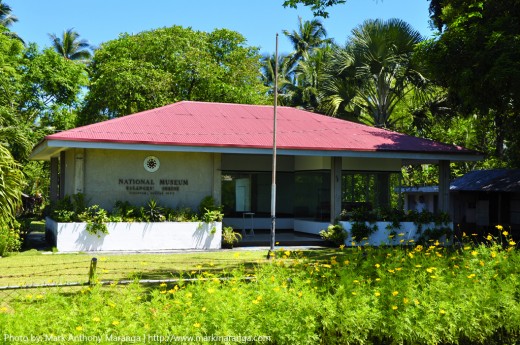
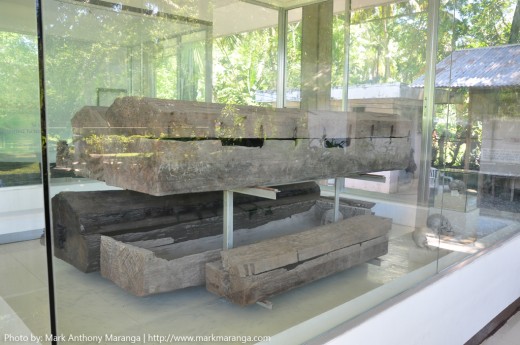
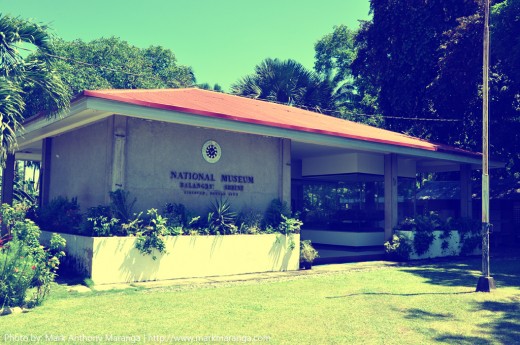
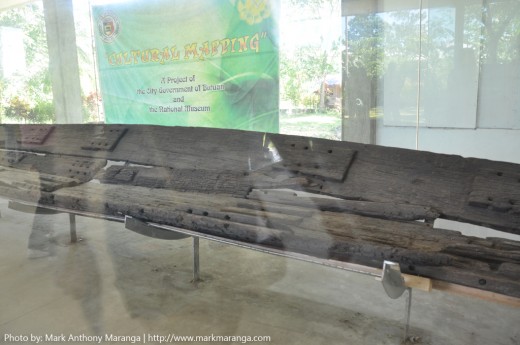
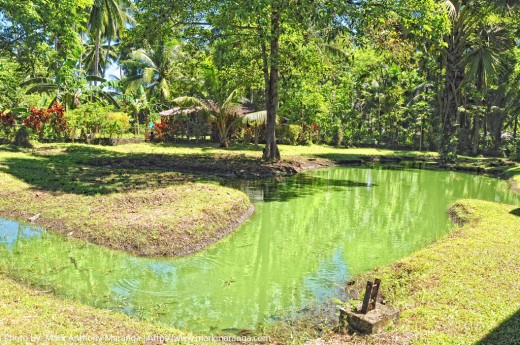
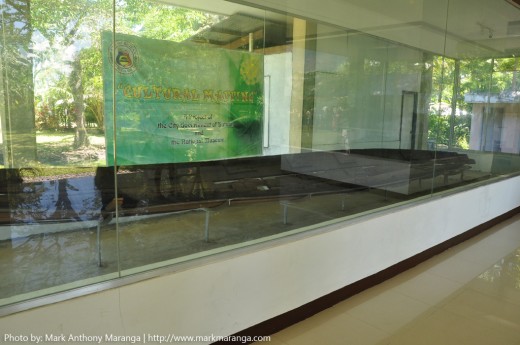
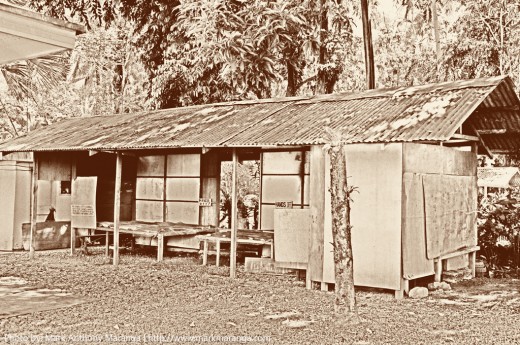
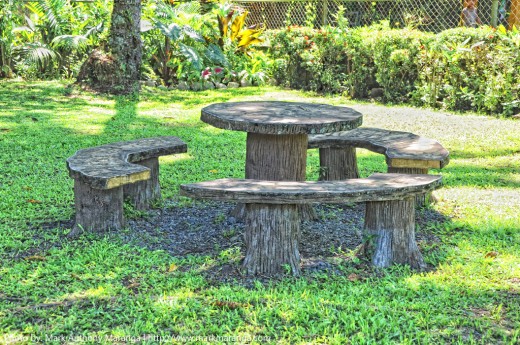
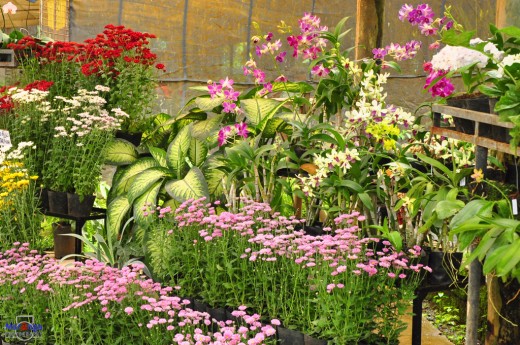
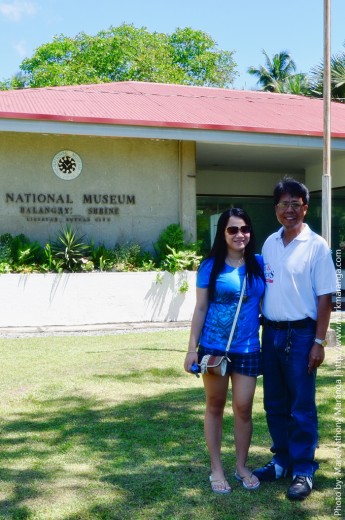
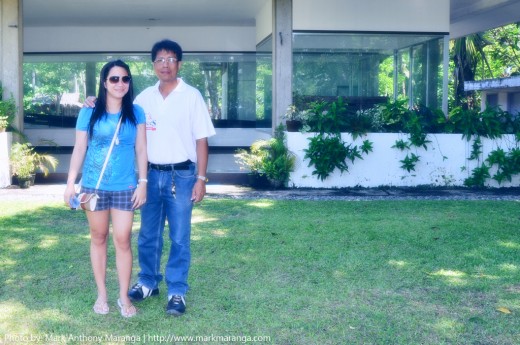
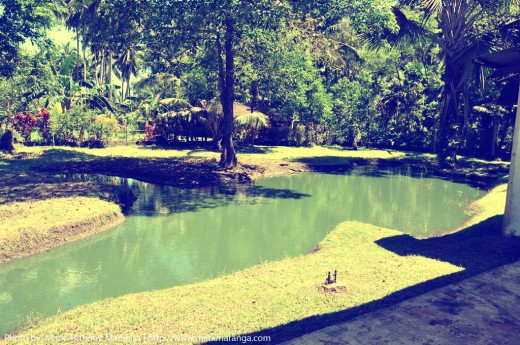
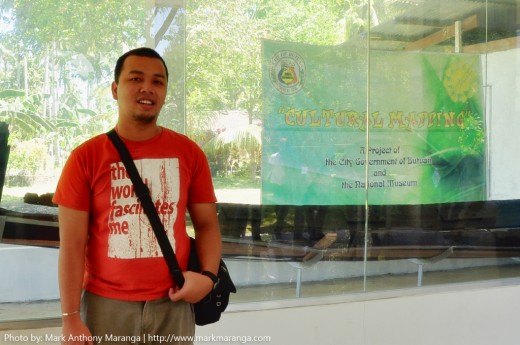
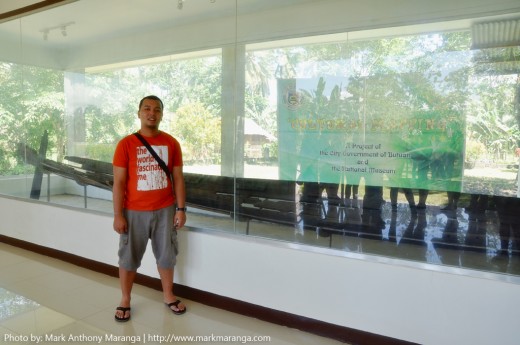
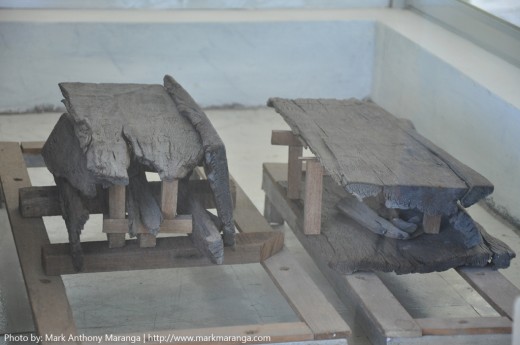
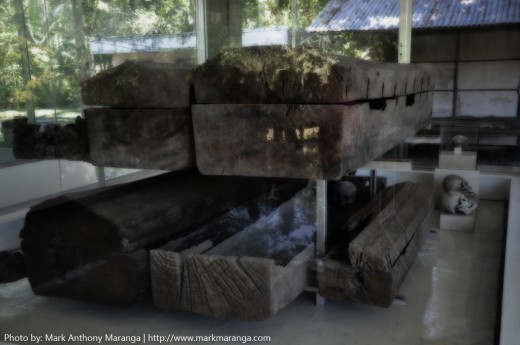
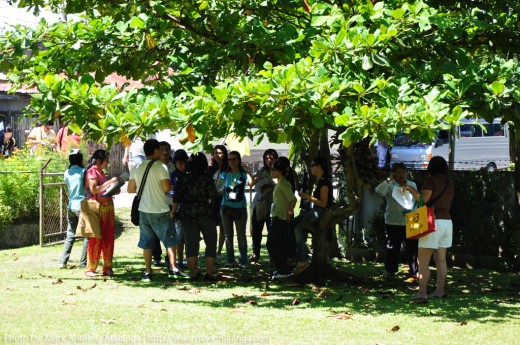
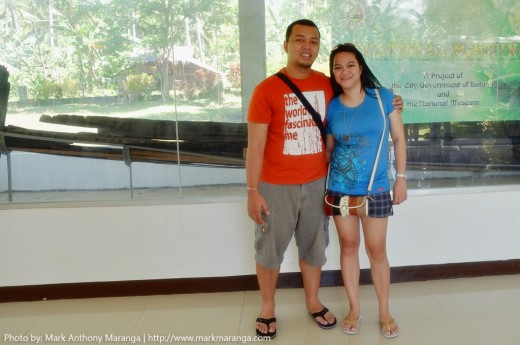
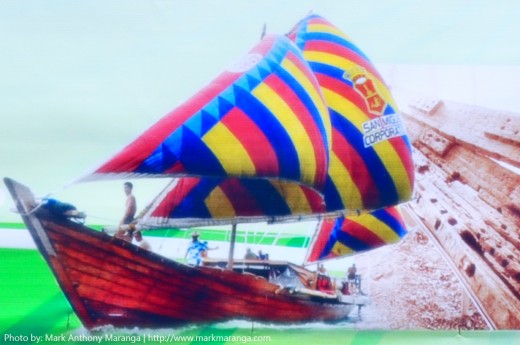












How I wish I could visit any of the museums. I really love to study history…
I love museums. anytime I go on vacation i make sure to visit at least one local museum. There is just some kind of charm to them that i am drawn to. Thanks for this informative post and hopefully I will have a chance to check this place out for myself someday soon!